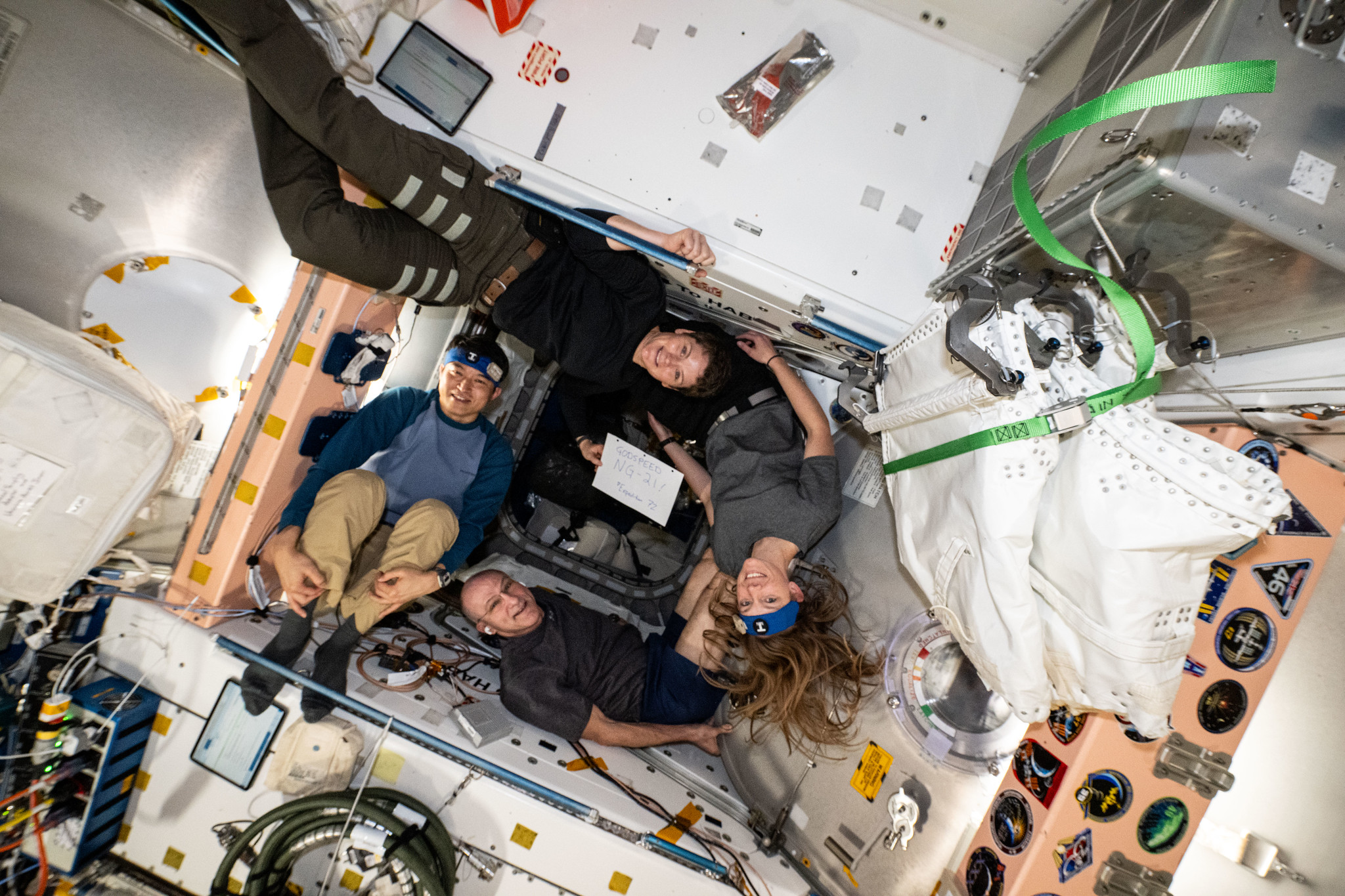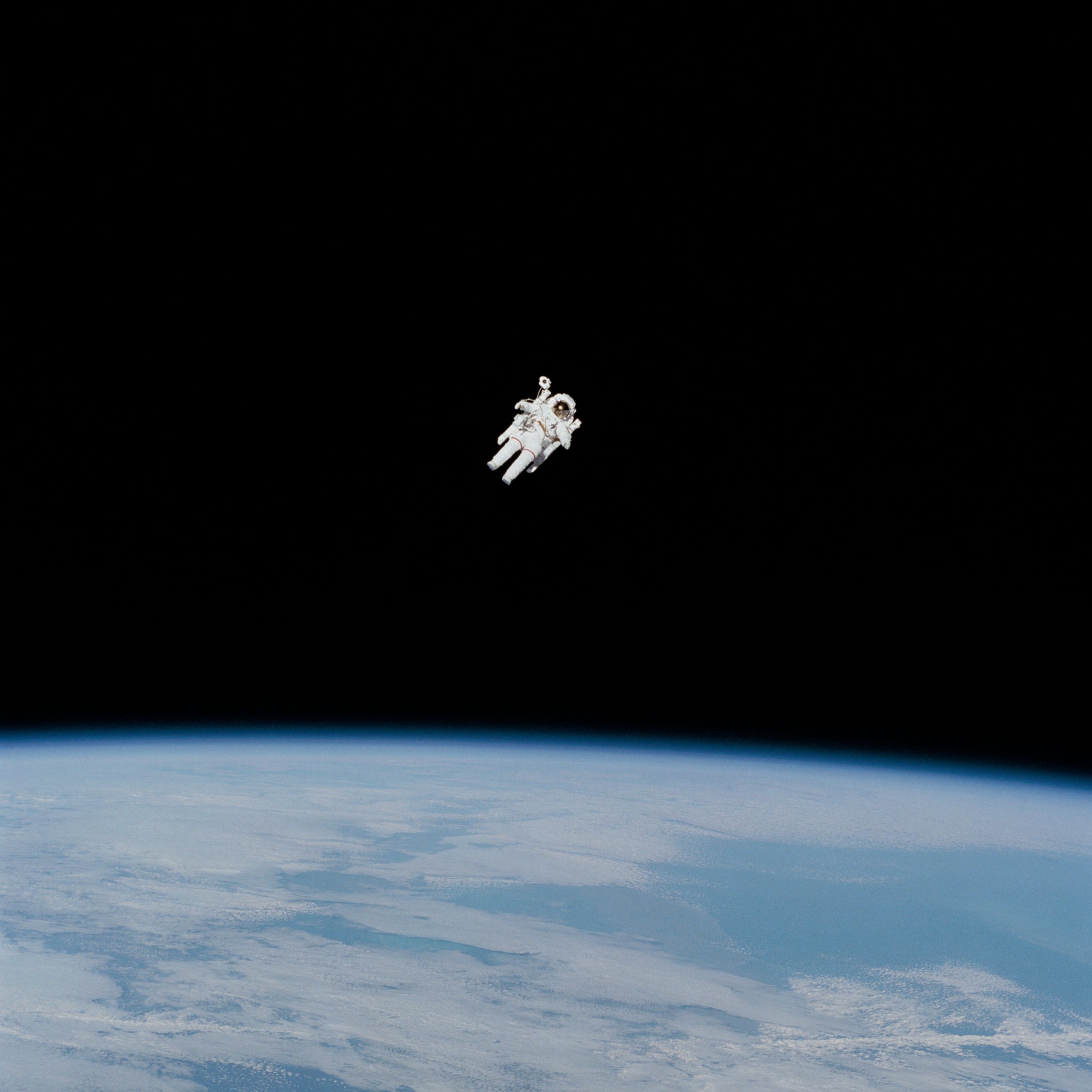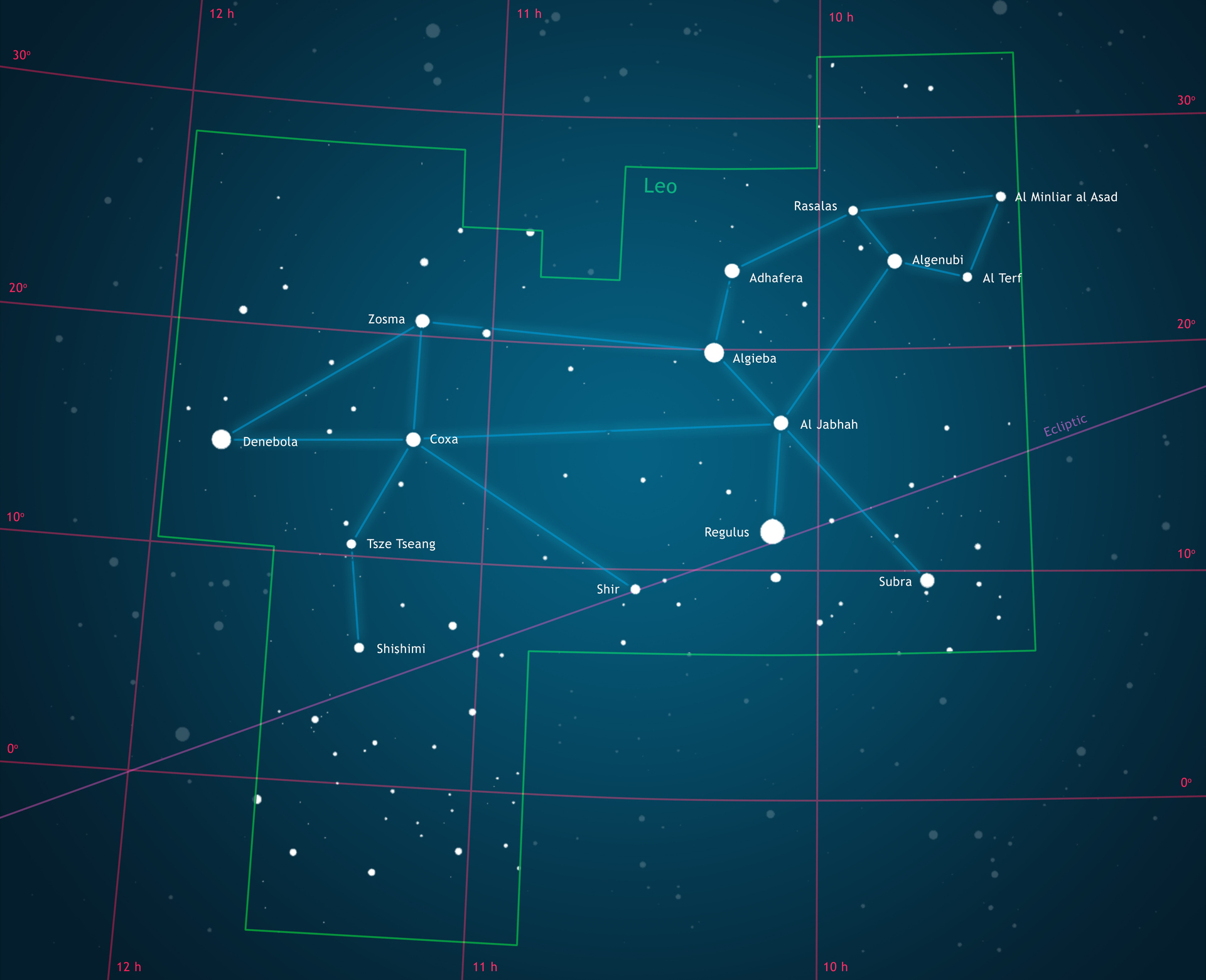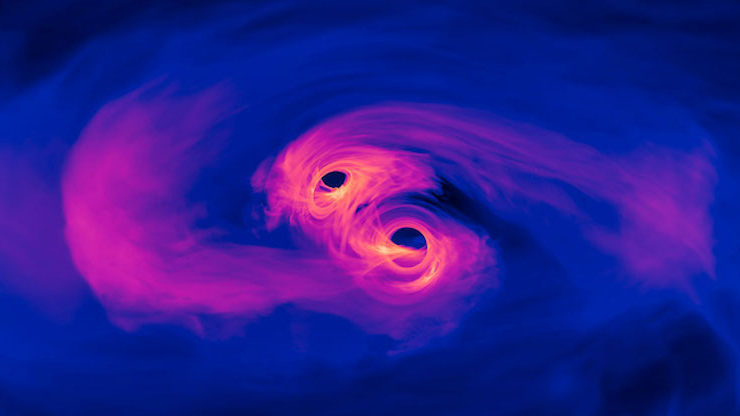Astronaut Ronald E. McNair, STS-41B mission specialist, used some of his off-duty time aboard the space shuttle Challenger to play his saxophone.
Read MoreAuthor: NeRD
NASA, International Astronauts to Connect with Students in Texas
Expedition 72 Flight Engineers Takuya Onishi from JAXA (Japan Aerospace Exploration Agency) and NASA astronauts Anne McClain, Nichole Ayers, and Don Pettit pose while inside the vestibule between the International Space Station’s Unity module and the Cygnus space freighter. NASA NASA astronaut Nichole Ayers and JAXA (Japan Aerospace Exploration Agency) astronaut Takuya Onishi will answer prerecorded questions about science, technology, engineering, and mathematics from students in Mansfield, Texas, while aboard the International Space Station. The 20-minute space-to-Earth call will take place at 10:40 a.m. EDT on Monday, May 5, and…
Read More¿Qué es una caminata espacial? (Grados 5.o a 8.o)
Este artículo es para estudiantes de 5.o a 8.o grado. Cada vez que un astronauta sale de un vehículo espacial, se dice que hace una actividad extravehicular (EVA, por sus siglas en inglés). A esto también se le llama caminata espacial. El astronauta ruso Alexei Leonov hizo la primera caminata espacial el 18 de marzo de 1965. La primera caminata espacial duró 10 minutos. El astronauta Ed White hizo la primera caminata espacial de un estadounidense durante la misión Géminis 4, el 3 de junio de 1965. La caminata espacial de White…
Read MoreNASA Kicks Off Biological Research Aboard Space Station
Crew members are kicking off operations for several biological experiments that recently launched to the International Space Station aboard NASA’s 32nd SpaceX commercial resupply services mission. These include examining how microgravity affects production of protein by microalgae, testing a microscope to capture microbial activity, and studying genetic activity in biofilms. Microalgae in microgravity Sophie’s BioNutrients This ice cream is one of several products made with a protein powder created from Chlorella microalgae by researchers for the SOPHONSTER investigation, which looks at whether the stress of microgravity affects the algae’s protein…
Read MoreHow to see a celestial ‘gazelle’ cross the night sky close to the Big Dipper this week
With the constellation Ursa Major high in the sky, late April presents an ideal opportunity to spot the ‘Three Leaps of the Gazelle’ asterism – a set of three stellar pairings hanging below the Great Bear‘s most famous feature: the seven stars of the Big Dipper. The first mention of the Three Leaps of the Gazelle asterism was seemingly penned by the 13th century Arabic astronomer and mathematician Ulugh Beg, according to a 2021 post from the University of Arkansas at Little Rock. The three star pairings – an asterism…
Read MoreCapture May’s full moon and the Eta Aquarid meteor shower with the best DSLR for astrophotography, now $600 off
The Nikon D850 has been reduced from $2,396.95 to a staggering $1,796.95, which is an incredible discount if you’re in the market for one of the best DSLR cameras ever made. It’s the first time we’ve seen the D850 come in at under $2,000, even beating the Black Friday price (which was $2,196.95). Get the Nikon D850 for just $1,796.95 and save $600 at Adorama. Our resident camera guru, Jase Parnell-Brookes, called the D850 an astrophotography master, and Jase highlighted the Nikon D850’s brilliant design with its backlit buttons, excellent…
Read MoreWhat can ripples in spacetime reveal about black holes? Quite a bit, it turns out
Cosmic echoes from some of the universe’s most violent collisions are far more nuanced than scientists had realized, according to new research. Like the lingering chime of a struck bell, tiny ripples in the fabric of spacetime are created when massive objects like black holes spiral toward each other and merge into a single, larger black hole. These ripples are known as “gravitational waves,” and astronomers rely on theoretical models to decode the waves’ faint signals, both in the final moments leading up to the merger and in the aftermath.…
Read MoreSols 4522-4524: Up on the Roof
Curiosity Navigation Curiosity Home Mission Overview Where is Curiosity? Mission Updates Science Overview Instruments Highlights Exploration Goals News and Features Multimedia Curiosity Raw Images Images Videos Audio Mosaics More Resources Mars Missions Mars Sample Return Mars Perseverance Rover Mars Curiosity Rover MAVEN Mars Reconnaissance Orbiter Mars Odyssey More Mars Missions Mars Home 4 min read Sols 4522-4524: Up on the Roof NASA’s Mars rover Curiosity acquired this image of target “Hale Telescope” (the layered rock left of center) using its Left Navigation Camera on April 23, 2025 — Sol 4519,…
Read MoreHow to Contribute to Citizen Science with NASA
8 Min Read How to Contribute to Citizen Science with NASA A number of NASA projects use mobile phone apps to put satellite data into the palm of your hand, and allow intrepid citizen scientists to upload data. Credits: NASA A cell phone, a computer—and your curiosity—is all you need to become a NASA citizen scientist and contribute to projects about Earth, the solar system, and beyond. Science is built from small grains of sand, and you can contribute yours from any corner of the world. All you need is…
Read MoreRobots, Rovers, and Regolith: NASA Brings Exploration to FIRST Robotics 2025
What does the future of space exploration look like? At the 2025 FIRST Robotics World Championship in Houston, NASA gave student robotics teams and industry leaders a first-hand look—complete with lunar rovers, robotic arms, and real conversations about shaping the next era of discovery. Students and mentors experience NASA exhibits at the 2025 FIRST Robotics World Championship at the George R. Brown Convention Center in Houston from April 16-18. NASA/Sumer Loggins NASA engaged directly with the Artemis Generation, connecting with more than 55,000 students and 75,000 parents and mentors. Through…
Read More







